

Phenology: One of the Least Known Consequences of Climate Change
By Jeff Schaeffer | AFS Co-Chief Science Editor. E-mail: [email protected] WINNER: 2014 Best Paper, North American Journal of Fisheries Management Phenology is the study of
American Fisheries Society Family of Websites:
Read our five journals and Fisheries magazine
Find thousands of unpublished agency reports and other information
Join us in Honolulu in 2024
Find an AFS Unit near you or in your area of specialty
Learn how to communicate the effects of climate change on fisheries
Summer internships for high school students
Explore our initiatives to increase diversity in the Society and in the fisheries profession
Find fisheries science products and services
Quick answers to common questions


By Jeff Schaeffer | AFS Co-Chief Science Editor. E-mail: [email protected] WINNER: 2014 Best Paper, North American Journal of Fisheries Management Phenology is the study of
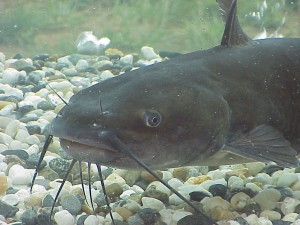

By Jeff Schaeffer | AFS Co-Chief Science Editor. E-mail: [email protected] WINNER: 2014 Best Paper, North American Journal of Aquaculture As a practical matter, fish culturists
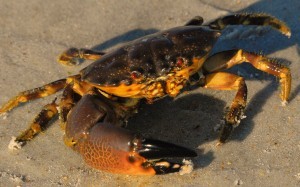

By Jeff Schaeffer | AFS Co-Chief Science Editor The stone crab Menippe spp. fishery is one of the most unusual fisheries in the world, because
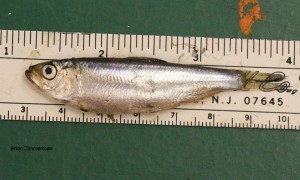

By Jeff Schaeffer, AFS Co-Chief Science Editor The upper Laurentian Great Lakes were separated physically from the Atlantic coast by Niagara Falls, but constructed ship
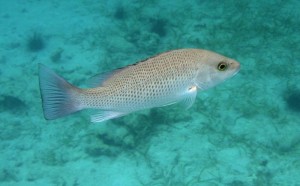

By Jeff Schaeffer | AFS Co-Chief Science Editor. E-mail: [email protected] Management of many fish species requires good recruitment estimates; this is especially true for Gulf


By Jeff Schaeffer | AFS Co-Chief Science Editor. E-mail: [email protected] Ethanol production has increased 13-fold from 2000 to 2013, and this has resulted in a
By Jeff Schaeffer | AFS Co-Chief Science Editor. E-mail: [email protected] Fish culturists struggle constantly with preventing and treating disease, but one helpful trend is the


When you think of a national park, you probably have a vision of a place that is mostly pristine and untouched. So when Parks Canada
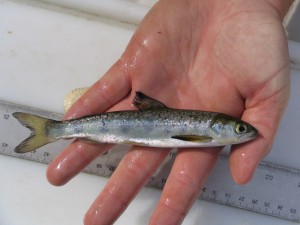

As an anadramous species, Atlantic Salmon Salmo salar have a complex life history that includes spending part of their lives in freshwater, estuarine, and marine


By Sarah Harrison | AFS Contributing Editor. E-mail: [email protected] Clifford Hutt (Mississippi State University, Human Dimensions and Conservation Laboratory) and his colleagues estimated both the

